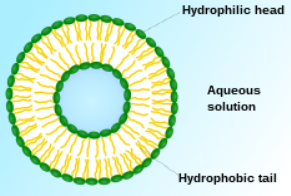(1) Pilotassitic
Pilotassitic texture is typical of volcanic rocks, in which the microlites (mainly feldspar) in the groundmass are arranged in sub parallel mode.
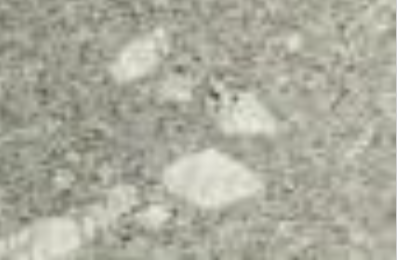
(2) Trachytic
Trachytic is a texture of extrusive rocks in which the groundmass contains little volcanic glass and consists predominantly of minute tabular crystals, namely, sanidine microlites. The microlites are parallel, forming flow lines along the directions of lava flow and around inclusions. Trachytic texture occurs in rocks that are rich in alkalies; hence the vitreous mass of the rocks has a relatively low viscosity. Trachytic texture is especially characteristic of trachytes and rocks similar to trachytes. Trachytic textures are often attributed to flow orientation, however, there is little evidence to support this. Macroscopic trachytic textures visible with the naked eye are sometimes called trachytoid textures.
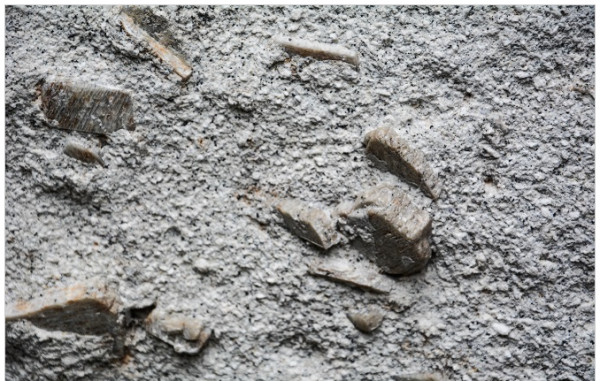
3. Sericitization
Sericite is a common alteration mineral of orthoclase or plagioclase feldspars in areas that have been subjected to hydrothermal alteration typically associated with copper, tin, or other hydrothermal ore deposits. Sericite also occurs as the fine mica that gives the sheen to phyllite and schistose metamorphic rocks.
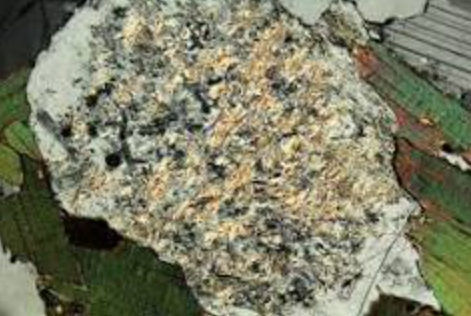
(4) Poikilitic
Poikilitic texture refers to crystals, typically phenocrysts, in an igneous rock which contain small grains of other minerals. In igneous rocks Poikilitic texture is widely used to determine order of crystallization; if one mineral is enclosed by another then the enclosed grain must have been the first to crystallize. This may sometime be true , but it is certainly not always so.

5. Uralitization
The development of amphibole from pyroxene; specif. a late-magmatic or metamorphic process of replacement whereby uralitic amphibole results from alteration of primary pyroxene. Also, the alteration of an igneous rock in which pyroxene is changed to amphibole; e.g., the alteration of gabbro to greenstone by pressure metamorphism.
6. Holocrystalline
Completely crystalline : made up wholly of crystals or crystalline particles. used of a rock (as granite)
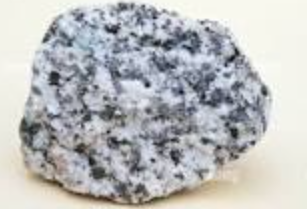
7. Vitrophyric
This is variety of inequigranular porphyritic texture in which larger crystals known as phenocrysts are embedded in a glassy ground mass.
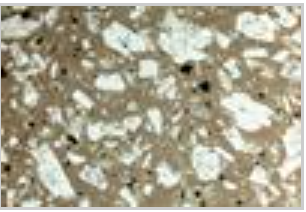
8. Chloritization
Chloritization is defined as the process of formation of. chlorite mainly due to hydrothermal alteration or meta. somatic processes. It is a common product of hydrother.
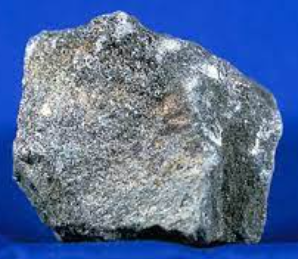
9. Holohyaline
A term applied to igneous rocks that have a glassy texture. Holohyaline rocks were generally cooled rapidly, which inhibits growth rate and nucleation of crystals. A few tiny crystals, called microlites, may be present.
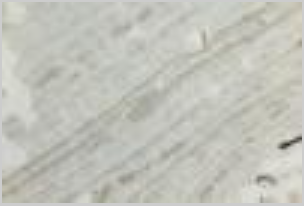
10. Serpentinization
Serpentinization is a hydration and metamorphic transformation of ferromagnesian minerals, such as olivine and pyroxene, in mafic and ultramafic rock to produce serpentinite.
11. Corona
Corona texture: several concentric layers of one or more minerals completely encircling an older phase. The layers (which range from one to five in number) represent a sequence of reactions that have taken place (none to completion) to replace the mineral in the core or center of the corona. It is a general term that has been applied to reaction rims.
A change in metamorphic conditions can give rise to porphyroblast growth, or to partial replacement of some minerals by others. Such replacement usually occurs along grain boundaries and causes development of reaction rims. Coronas can be monomineralic or polymineralic and can be divided into several geometric types. If they form closed rings around grains (shells in three dimensions), they are known as coronas. Monomineralic coronas are also known as moats; polymineralic ones composed of an intergrowth of small elongate new grains are known as symplectitic coronas. The structure of lamellar or vermicular fine-grained intergrown material is known as symplectite. Coronas form during both prograde or retrograde metamorphism.
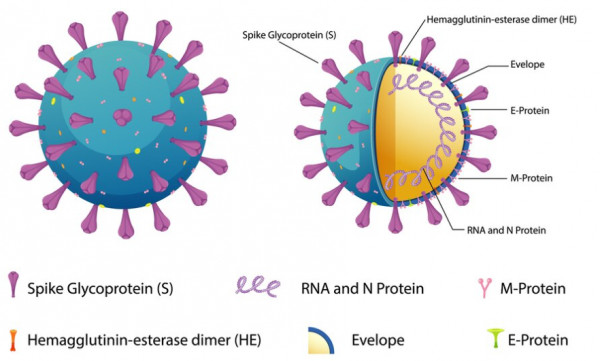
12. Hypocrystalline
Hypocrystalline is a textural term describing an igneous rock consisting of a mixture of glass and crystals where the ratio of crystals to glass is greater than 3:5. Rocks containing a higher ratio of glass are described as hypohaline or holohyaline. Usually devitrified glass is treated as glass in the classification of hypohyaline rocks.
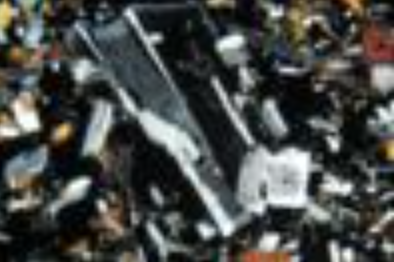
13. Zoning
Zoning drawings, on the other hand, may also be used for landscape projects but it is more specific. The zoning drawings divide areas into zones for different permissions, and the zoning can apply to residential or industrial purposes.
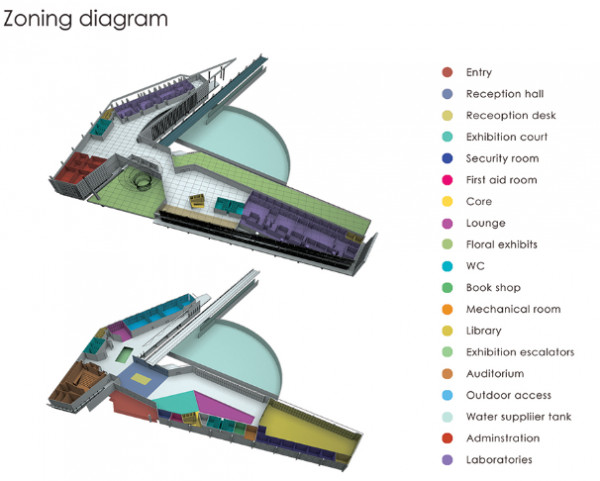
15. Vesicular
A vesicle is a self-contained structure consisting of fluid or gas surrounded and enclosed by an outer membrane called the lipid bilayer. This is made up of hydrophilic heads and hydrophobic tails that cluster together.
